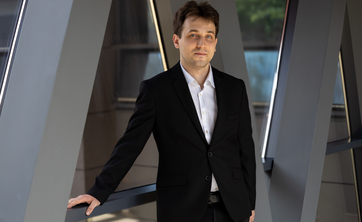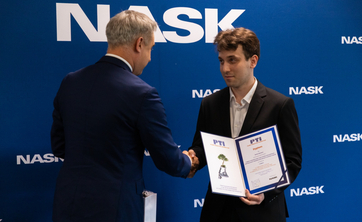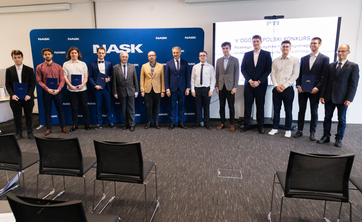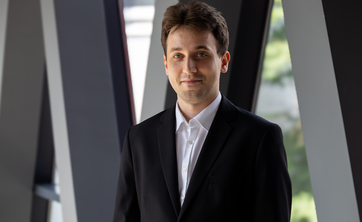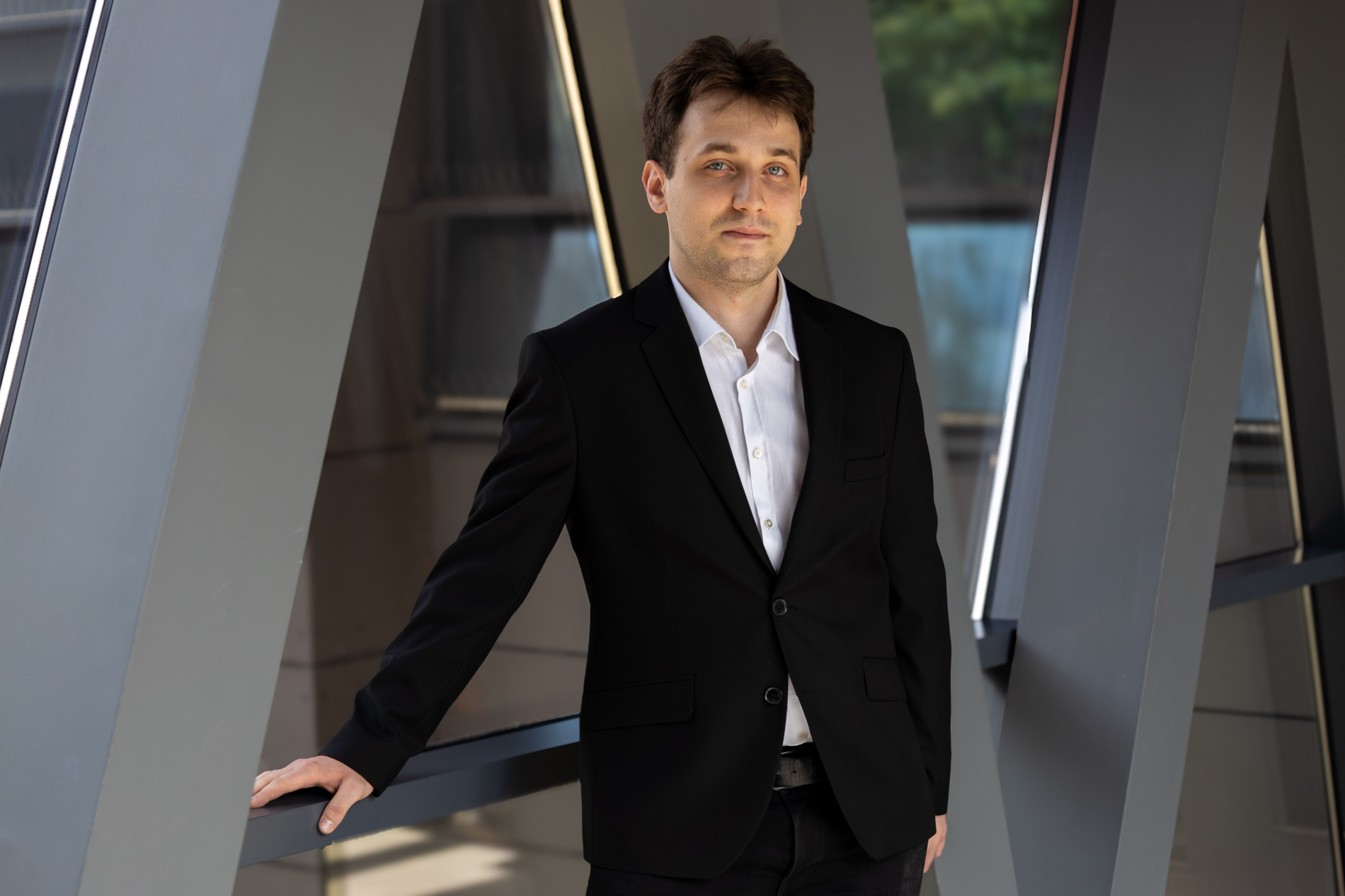 Bartłomiej Baut, a student of Cybersecurity from out Faculty, won this year's edition of the National Competition of the Polish Information Technology Society for the best engineering theses and projects in computer science. Congratulations! The prize was awarded to him for his engineering work on air signatures, which are a new method of authentication.
Bartłomiej Baut, a student of Cybersecurity from out Faculty, won this year's edition of the National Competition of the Polish Information Technology Society for the best engineering theses and projects in computer science. Congratulations! The prize was awarded to him for his engineering work on air signatures, which are a new method of authentication.
The National Competition of the Polish Information Technology Society for the best engineering theses and IT projects was organized for the fifth time. It attracted talented young computer engineers from all over the country. They had the opportunity to present their diploma projects to both IT industry experts and representatives of the academic community.
After receiving reviews of all submitted works and after a thorough analysis, the competition committee unanimously decided to award the first prize to Bartłomiej Baut from our Faculty. His award-winning engineering thesis is titled „Signatures in the Air as a New Method of Authenticating Individuals and Securing Data in the Digital World".
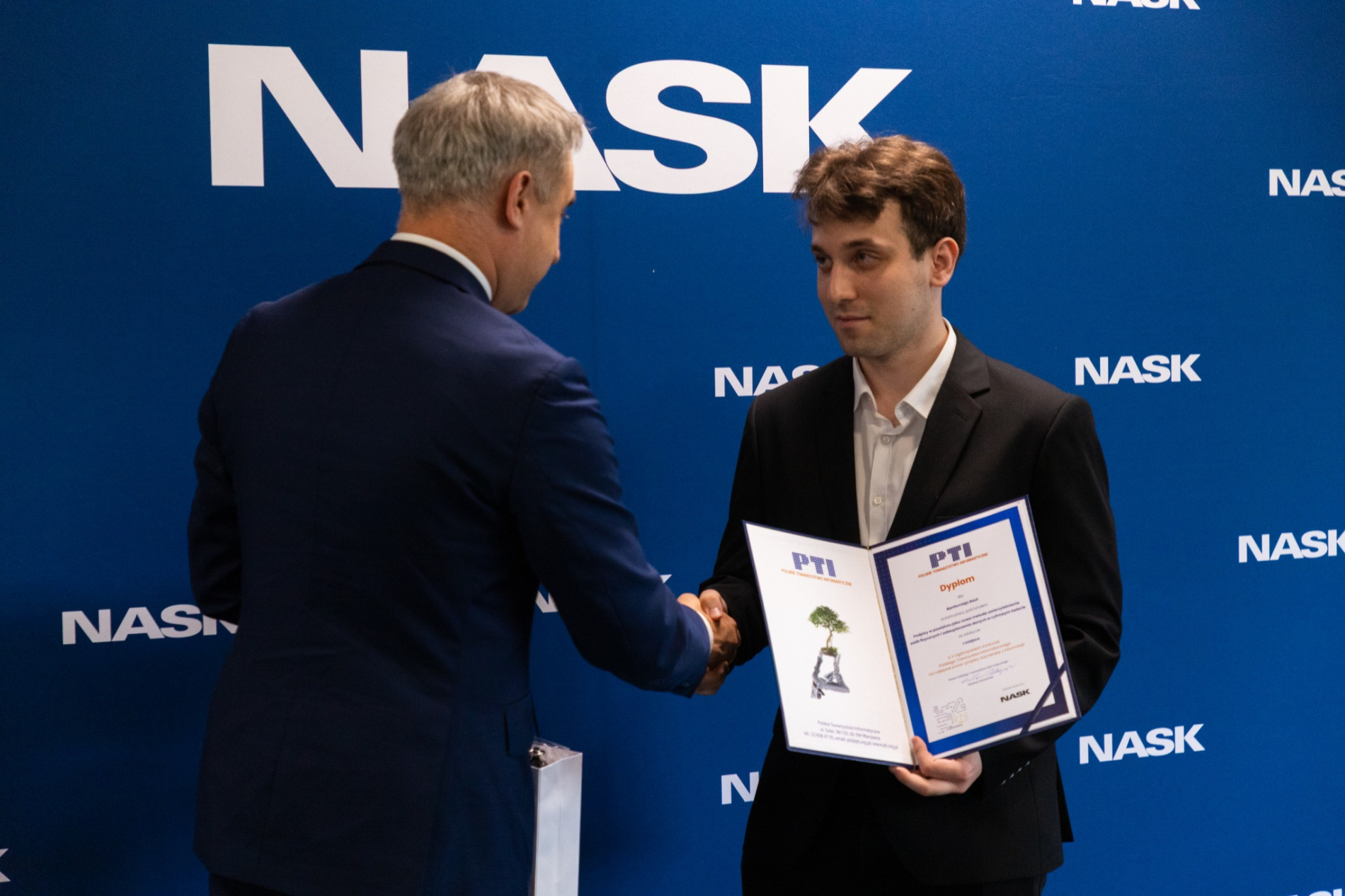
– I knew it was quite a strong project, but I didn't expect it to actually be good enough to take first place. Especially since this competition also included engineering projects, which are typically undertaken by small teams. Winning on my own is a special distinction for me – says the laureate, Bartłomiej Baut.
– Podpis w powietrzu – to pobudza wyobraźnię i daje poczucie lekkości i wolności. Po drugie, praca jest bardzo porządnie napisana i kompletna, Tworzy zamknięty cykl, od pomysłu, poprzez realizacją, aż po testy i wnioski, więc od razu widać potencjał rozwiązania – podkreśla promotor pracy dr inż. Wojciech Wodo z Katedry Podstaw Informatyki.
– Signature in the air is an idea that stimulates the imagination and gives a sense of lightness and freedom. Secondly, the work is very well-written and complete. It forms a closed cycle, from the idea, through implementation, to testing and conclusions, so the potential of the solution is immediately visible – observes the thesis supervisor, Dr. Wojciech Wodo from the Department of Fundamentals of Computer Science.
Move your finger
Our student wanted his engineering thesis to be ambitious and address an innovative topic. The inspiration came from reading a scientific article on the use of biometrics in authentication.
We are already familiar with such capabilities as recognising a user based on their face or fingerprint. Instead of copying existing ideas, Bartłomiej decided to create a biometric system from scratch – one that allows user identity verification based on... their signature made in the air, that is, with a finger in front of the camera.
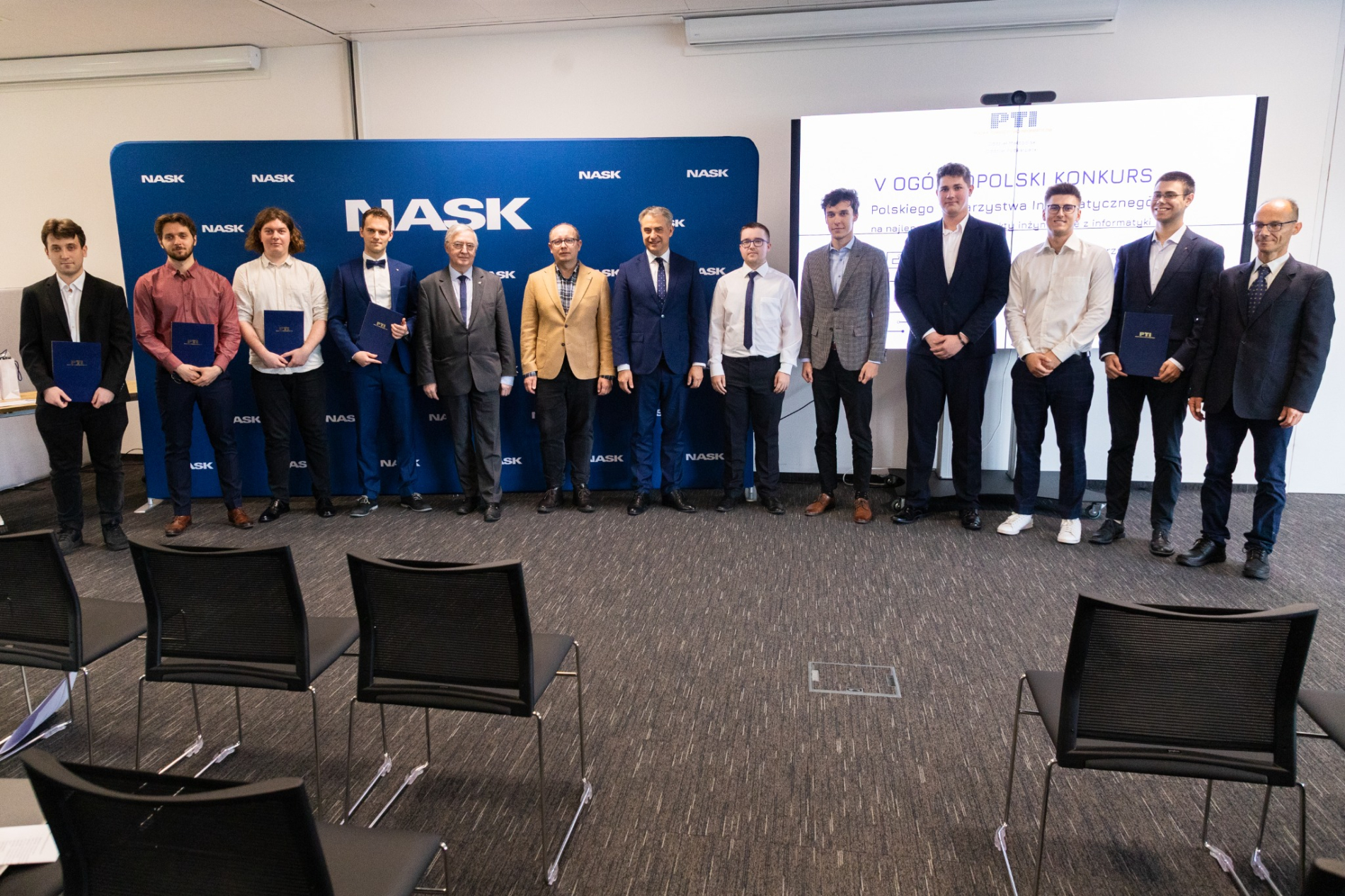
– The system tracks the movement of your finger in space – recording its position coordinates (X and Y) and time. It then uses the information to extract certain dynamic and static features of the signature, creating its unique profile, which – like walking or speaking – differs for each individual – explains Bartłomiej Baut.
This is not just about recreating the visual form of a signature, but about analysing its dynamics – how quickly we write, the pauses we make, and how we move our hand. It's an example of behavioural biometrics, which recognises a user based on behaviour rather than appearance.
– Thanks to dynamic signature analysis, we can extract many more features than with the evaluation of a static handwritten signature – notes Dr. Wojciech Wodo.
Safe and touch free
Through three key stages – signature registration, feature extraction, and classification – the system can effectively confirm the user's identity by recognising that the executed signature belongs to their profile.
Signing in the air could be used to confirm the receipt of a delivery from a courier or postman, or in parcel vending machines. Behavioural biometrics could also serve as a second factor of authentication for accessing email or banking applications on a smartphone.
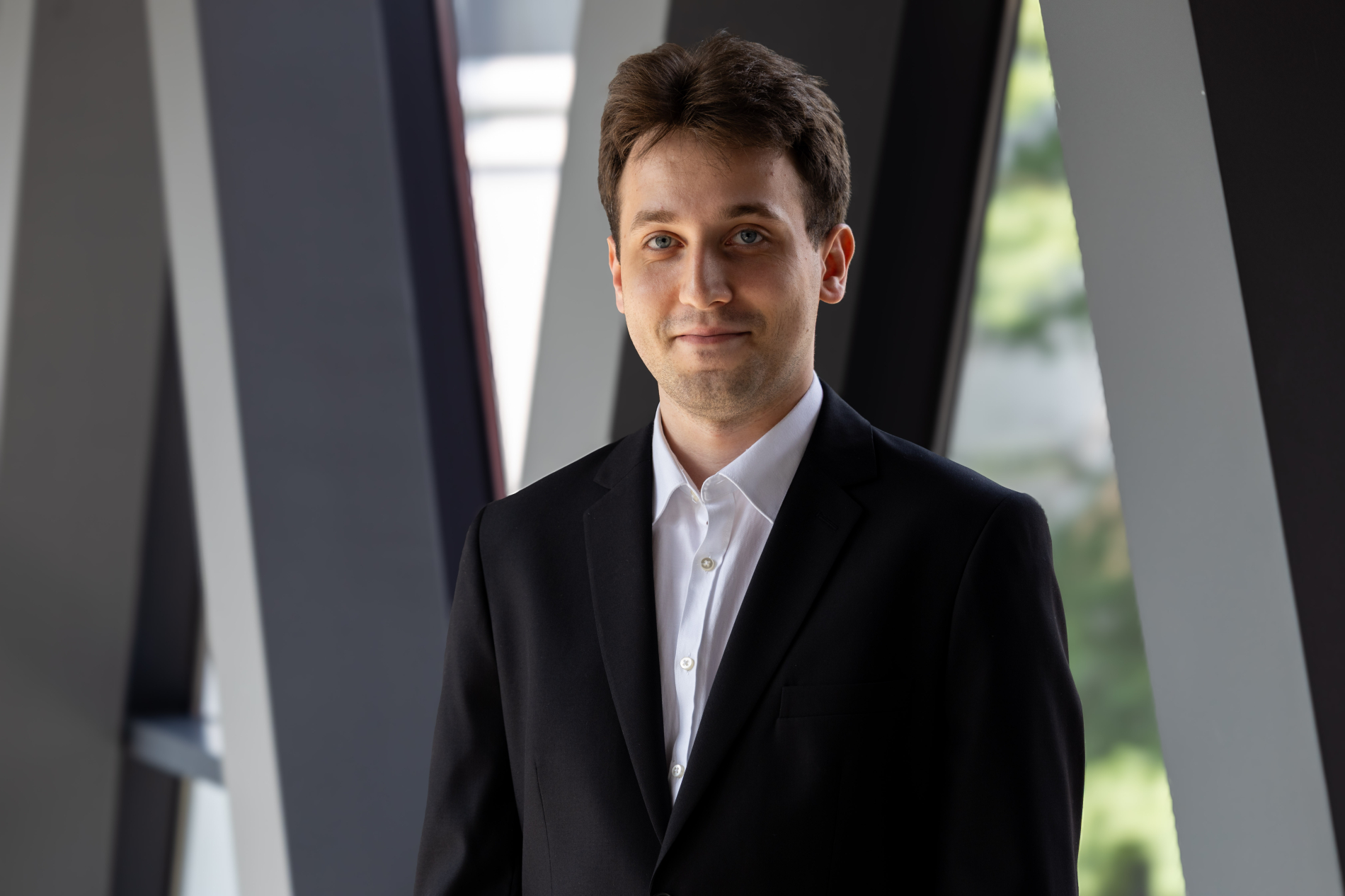
– Not everyone wants to give their fingerprint or face scan. And such a signature in the air is a contactless, convenient, and secure solution – says the author.
Moreover, an air signature can be applied in many other cases. “Here, no special devices like tablets or touchscreens are needed; a camera, which is typically mounted on every device, is sufficient,” notes the supervisor of the winning project, whose results were also presented at the international conference Computer Security & Cybersecurity Challenges Workshop 2025 in Paris.
The first-place winner in the PTI competition received 17,000 pln. The ceremonial award presentation took place on 27 June at the NASK headquarters in Warsaw.
Photos from the award ceremony by: NASK Research Institute.
